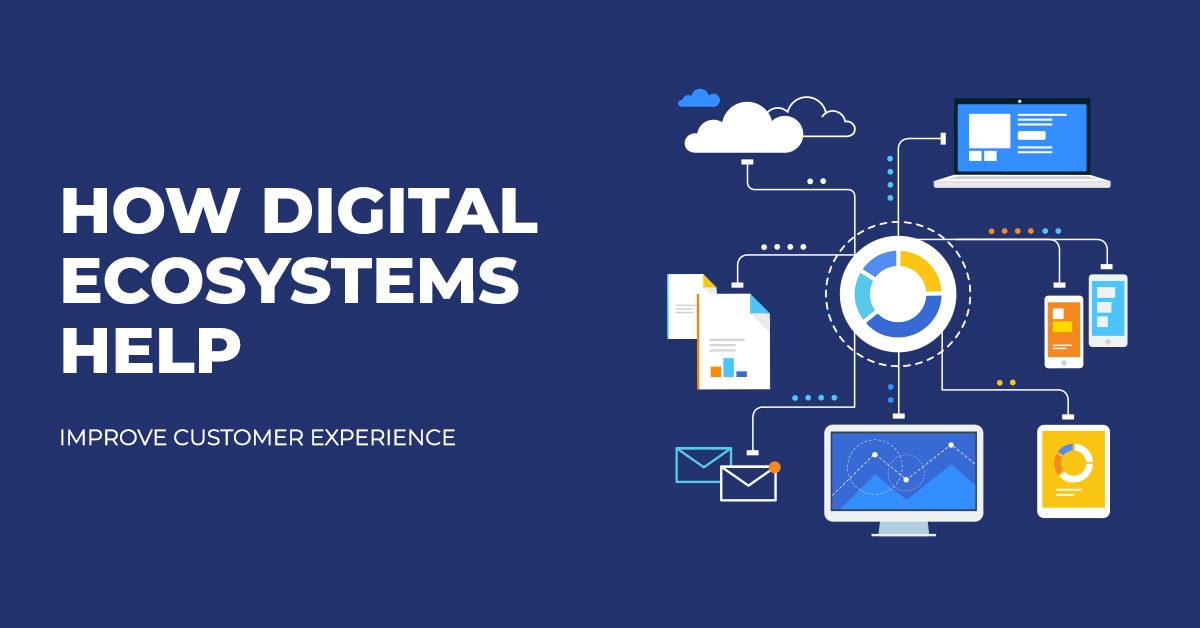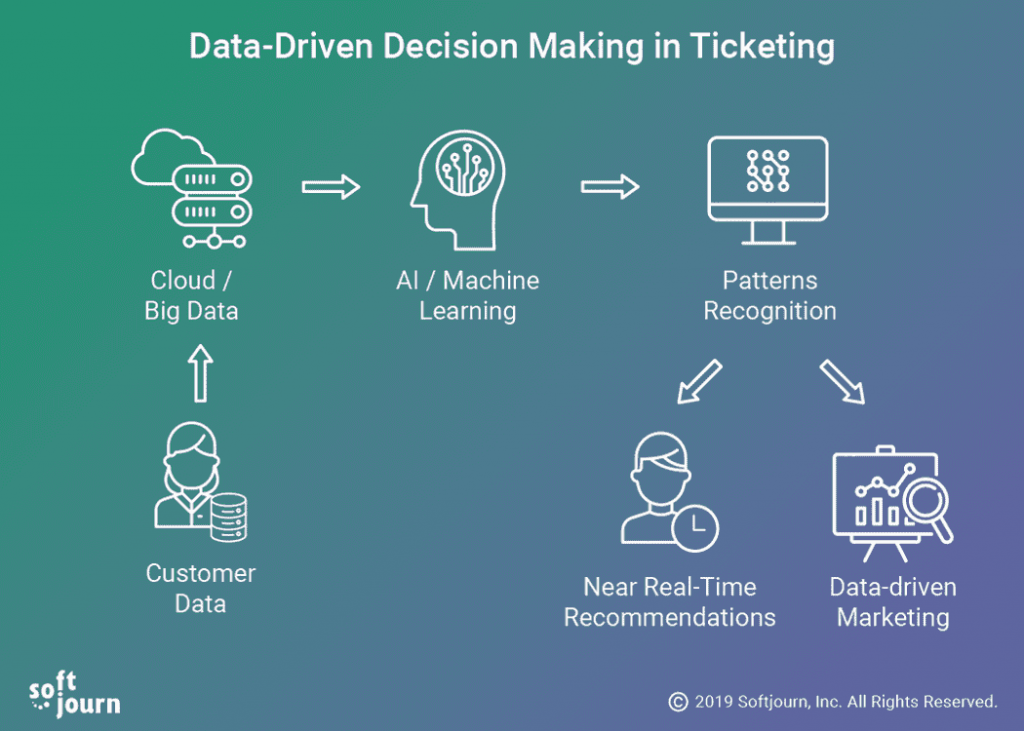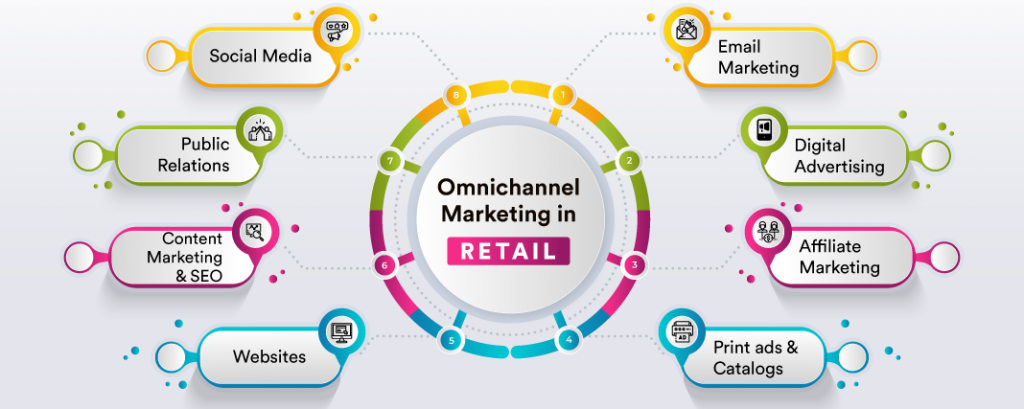How Digital Ecosystems Help Improve Customer Experience

Digital ecosystems provide some of the best tools for businesses nowadays to improve customer experience. They work together hand-in-hand to streamline companies’ work processes and make them more efficient.
As a result, when customers engage the business in one of their channels, the customer’s needs and requirements are provided for right away. Ultimately, this leads to an enhancement of the customer experience, which leads to customer loyalty and an improvement in the company’s sales overall.
What do digital ecosystems do?
Now you might be asking what do digital ecosystems look like and what do they do.
Well imagine yourself wanting to cook a specific meal and you go to your kitchen— you’ll look for the knife to cut up some of the ingredients, a chopping board, your stove, maybe some ladle, and whatever you’re going to cook your food on.
Now imagine having none of these things or say, at least, you’re missing one of these things— that’s going to make your cooking task much harder to do right? That’s the same with any “ecosystem” that exists in businesses.
What digital ecosystems essentially do is provide a complete set of tools that allow businesses to go digital. It lets them perform sales and marketing tasks in one centralized platform. The ecosystem then provides them all the tools they need there, so they can finish all their tasks much more efficiently, without the need to switch platforms just to use a tool or perform a specific task.
Watch this video for a brief yet complete explanation of digital ecosystems:
Which companies use digital ecosystems?
Below is a list of companies that use digital ecosystems:
Amazon
Netflix
Capital One
3M
Alibaba
Alphabet
Apple
Bosch
Disney
GE
Digital ecosystems are also popular in industries such as automotive, healthcare, and finance.
How digital ecosystems help improve customer experience
Now in the example above, the ingredients for your cooking would be your business data— businesses that use data perform better than those that don’t. And you just can’t cook without the ingredients.
The same is true for business data. It’s virtually impossible to run businesses and achieve your goals without knowing the price of a product, who’s going to buy it, or where your product is available for purchase.
In sales, for example, you’ll need data to know more about your customers, what they need, what they want, when they’re going to take an action, and what ticks them off.
What digital ecosystems do, among other things, is that it lets businesses gather data from customers systematically and organize this data in such a way that it becomes easier for users to use, access, and analyze this data, and ultimately make decisions based on this data.
These data-driven decisions help improve customer experience. It helps businesses collect data about customers’ needs and requirements, without asking them again and again. It helps businesses predict the customer’s next move, and provide customers their needed information so they can take the next action easily and quickly.

Running a Digital Strategy
Digital activities have been accelerated due to the pandemic. It has reshaped how sellers advertise their products and services to potential consumers and it has also changed how consumers look for product options online.
This made strategies such as SEO optimization gain traction. And traditional stores are now seeing the importance of selling products online.
When running a digital strategy, all communication channels of a business should be integrated and orchestrated in one single platform as this ultimately improves customers’ experiences across points of contact, including traditional and digital channels.

Curious how digital ecosystems can help improve your business?
Check out how digital ecosystems can boost your company performance by getting started here.
Book a Demo